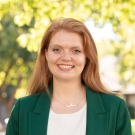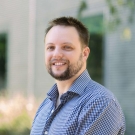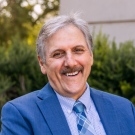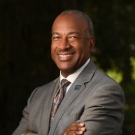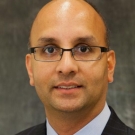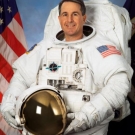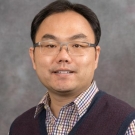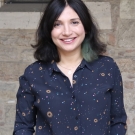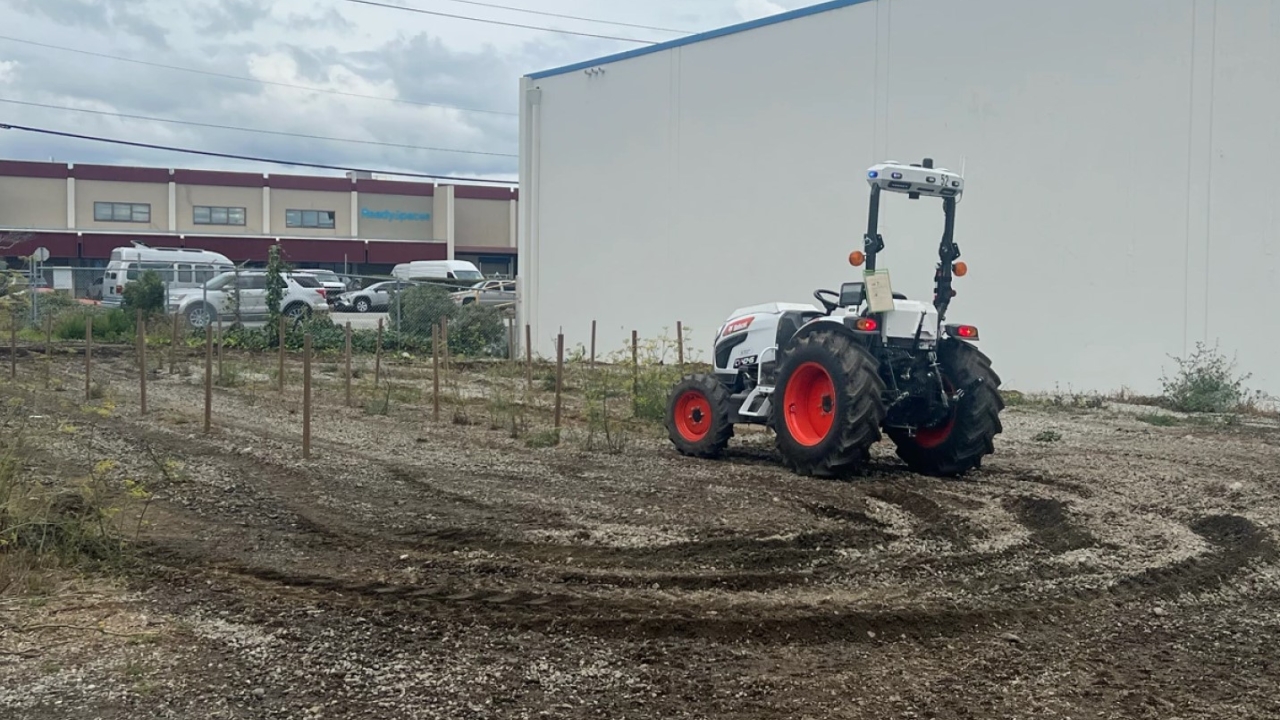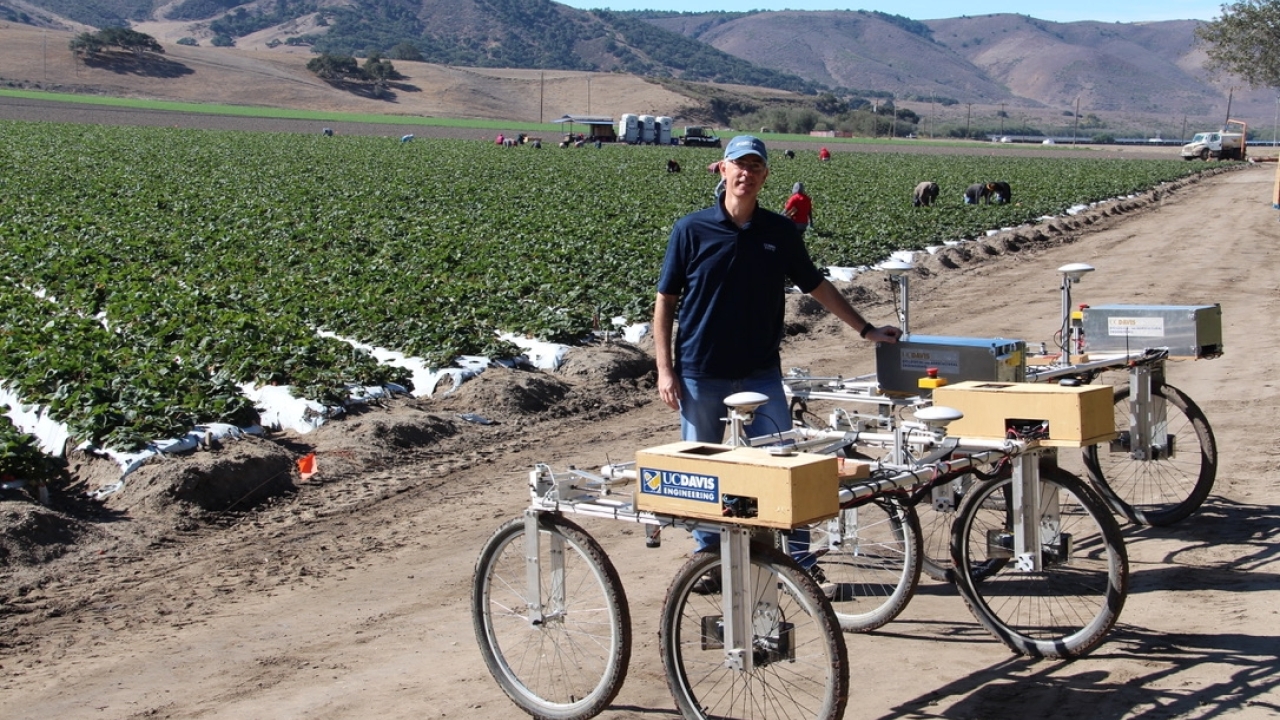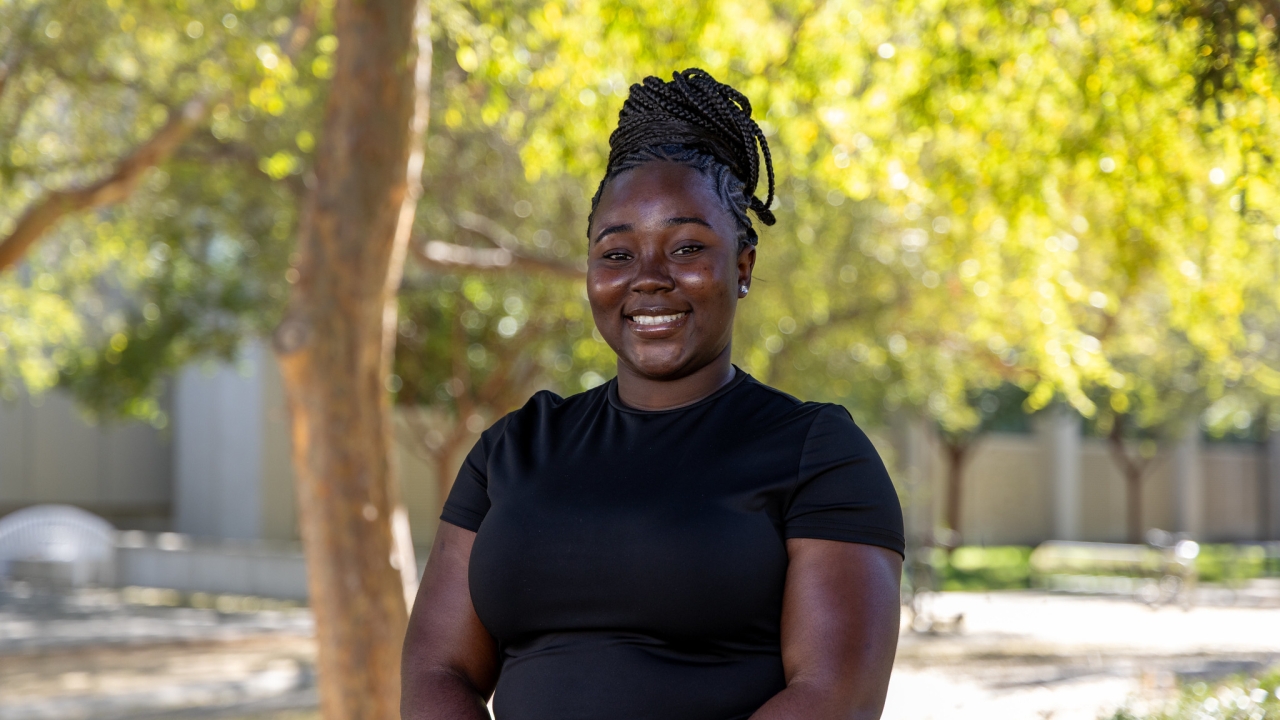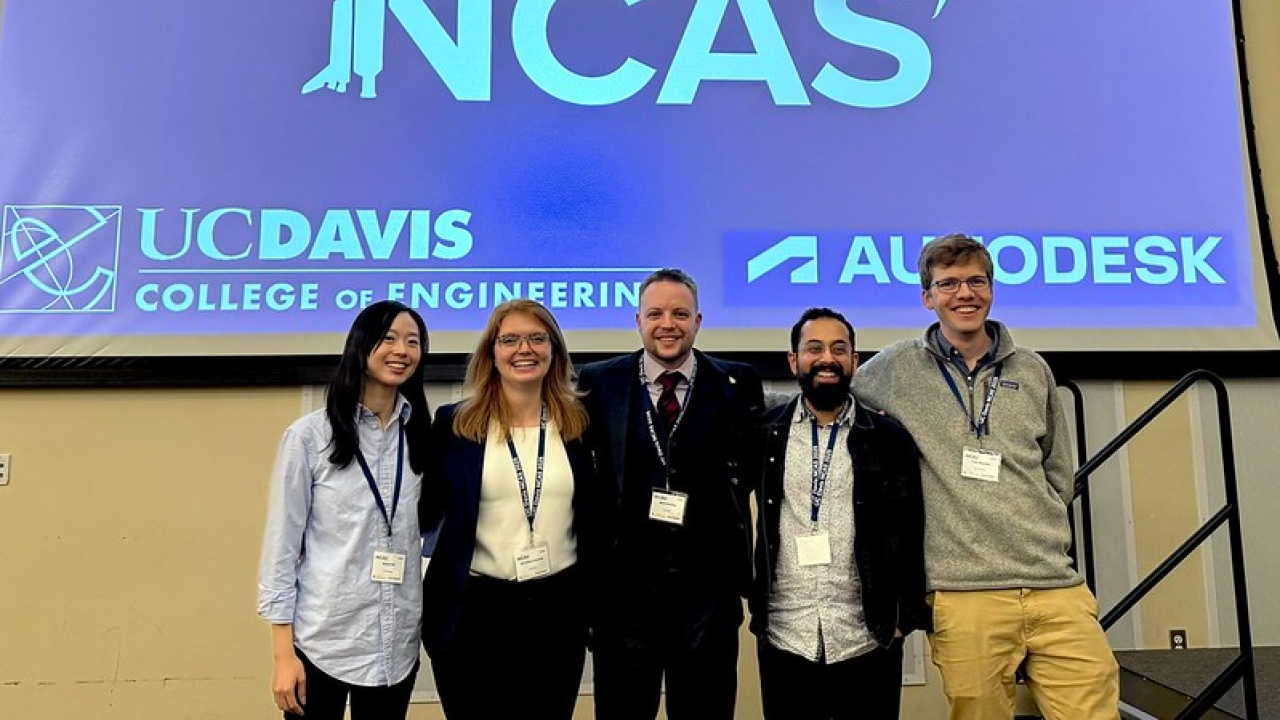
NCAS Fuels Collaboration in Aerospace Research and Innovation
On Saturday, Feb. 1, 160 researchers, college and university faculty, students and industry leaders gathered at the University of California, Davis, Conference Center for the second annual Northern California Aerospace Symposium, or NCAS.
Led by researchers from UC Davis, Stanford University and UC Berkeley, NCAS provides a platform that fosters collaborative research in the aerospace and aeronautics field across Northern California to push the boundaries of current aerospace knowledge and technologies.
“This time to network and discuss cutting-edge advances is hugely beneficial for students, faculty and professionals alike, not to mention establishing and strengthening connections across schools, companies and national labs,” said Christina Harvey, an assistant professor of mechanical and aerospace engineering at UC Davis who co-organized the event.


Harvey and co-organizer Assistant Professor of Mechanical and Aerospace Engineering Rich Whittle kicked off the full day of presentations and discussions, followed by a welcome message from College of Engineering Dean Richard L. Corsi.
Dean Corsi introduced UC Davis Chancellor Gary S. May, who spoke about being inspired to pursue engineering by the idealism of Star Trek and the future it promised — a diverse group of explorers using technology for discovery benefiting all of humanity — and how aerospace engineering research has improved human connectivity and our understanding of the world.

“There are few topics as exciting as the future of aerospace and aviation,” said May. “It melds the visionary, fundamentally human impulse to explore with the practicality of hard science. It challenges us to consider the limits of our knowledge and imagine creative solutions to some of our most enduring problems.”
Morning keynote speakers included Hilary Johnson, a space hardware engineer at Lawrence Livermore National Laboratory, or LLNL, who spoke on what is coming up in space exploration, and Juan Alonso, the chair of the Department of Aeronautics and Astronautics at Stanford University who spoke on the best potential uses of high-performance computing, artificial intelligence and machine learning in aerospace design.
In the afternoon, keynote speaker Erin Hestir, an associate professor of civil and environmental engineering at UC Merced, spoke on the role space-based technologies have in shaping the future of food, water and life on earth, while Dario Isola, deputy chief engineer at aviation company Archer, discussed creating electric vertical takeoff and landing vehicles for urban air mobility.
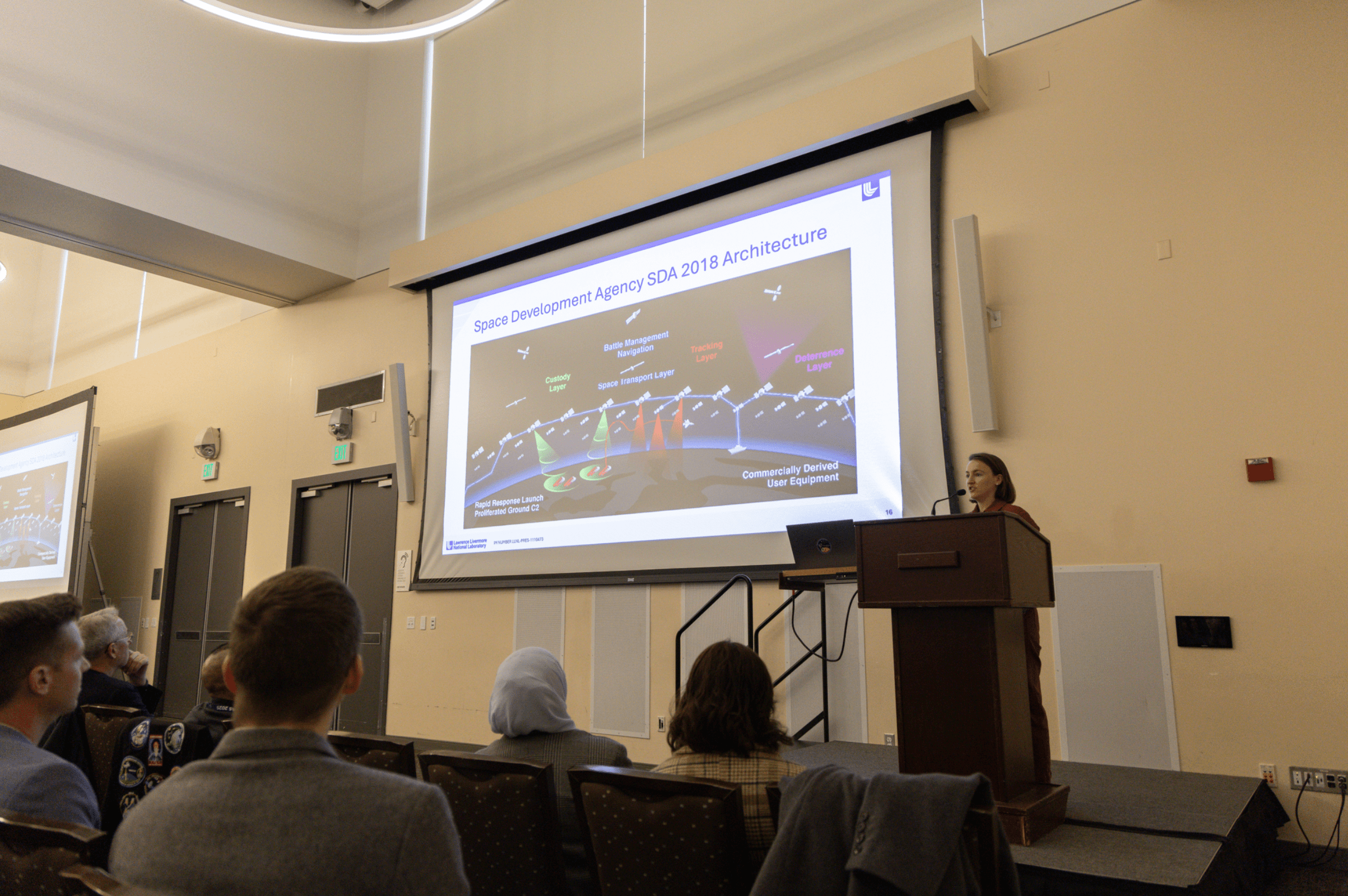
Roughly a dozen other researchers and industry professionals rounded out the program, including UC Davis Professors of Mechanical and Aerospace Engineering Sanjay Joshi, Stephen Robinson and Seongkyu Lee and Assistant Professor of Mechanical and Aerospace Engineering Camli Badrya, who showcased the strength of the UC Davis aerospace group.
The day concluded with the plenary keynote speaker Eugene Tu, the director for NASA Ames Research Center, whose talk on the future directions of aerospace was described as “inspiring” by Harvey, followed by student researcher poster presentations.
Whittle was excited to see students interacting with faculty researchers and industry professionals from the three host universities, as well as UC Merced, UC Santa Cruz, NASA, USSPACECOM, LLNL and Lawrence Berkeley National Laboratory, as well as Autodesk, which sponsored the event along with a UC Davis College of Engineering Next Level Research Award.
The event’s success builds upon last year’s inaugural iteration, which was called Bay Area Aero Fest and hosted by UC Berkeley. Harvey and Whittle hope NCAS, which Stanford will host next year, will continue to grow each year, establishing Northern California as a hub for aerospace research and innovation.
“[NCAS] really expanded from last year,” said Whittle. “I would love to see Stanford take our success and ride it forward and ensure the future of NCAS.”

